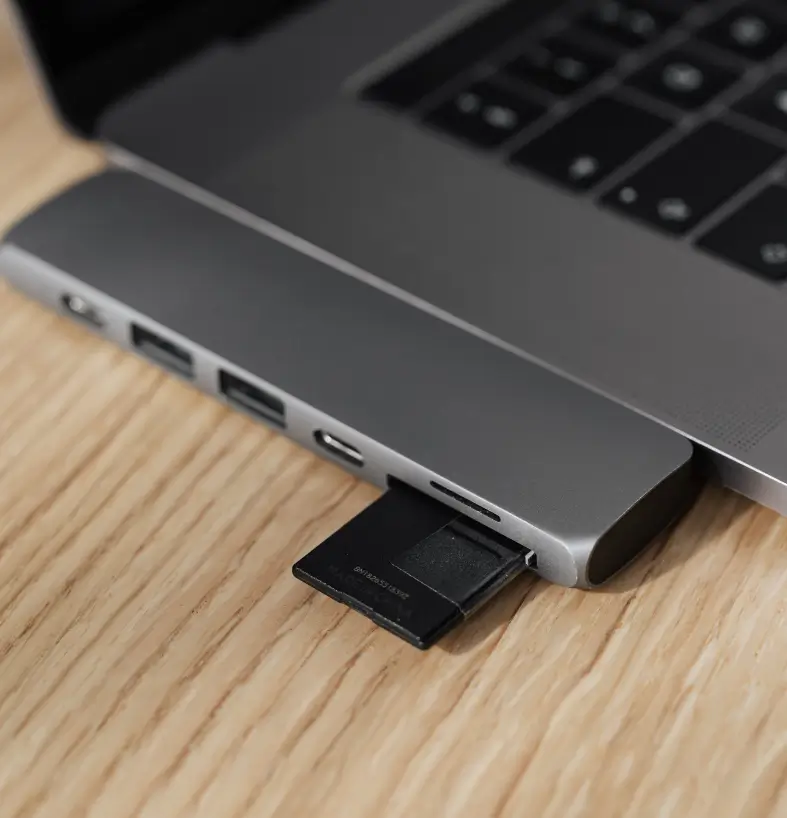
USB Drive Data Recovery Services in Kochi
USB drive recovery is convenient and portable—but also fragile. If your flash drive has stopped working, been accidentally formatted, or is physically damaged, PCPrompt offers expert USB & pen drive data recovery in Kochi.
USB Not Detecting
USB drive not showing up on your computer? Our Kochi-based experts recover lost files from undetected or unreadable USB drives safely and efficiently.
Corrupted USB Drive
If your USB drive is corrupted or showing errors, our data recovery specialists in Kochi can retrieve inaccessible files securely using advanced recovery tools.
Virus or Malware Attack
Lost files after a virus attack? PCPrompt offers secure USB drive data recovery in Kerala to restore infected or hidden files without further risk to your system.

